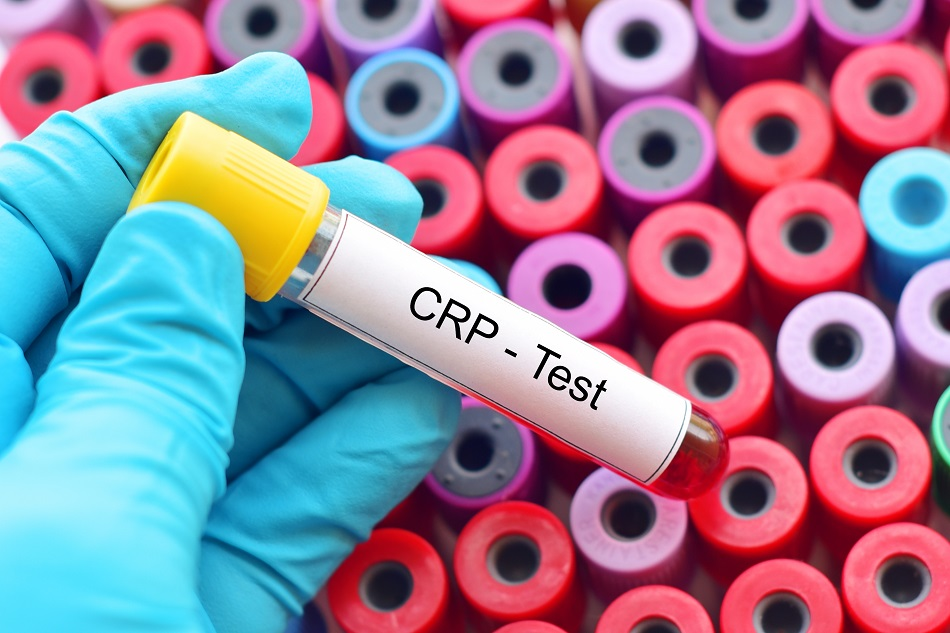
Image Credit: Jarun Ontakrai/Shutterstock.com
The synthesis of polymers has always been limited in scope because most chemical reactions are highly sensitive to oxygen. The use of robots has the potential to greatly increase not only the speed of synthesis but also the number of potential polymers yet to be discovered.
Robots are already used to aid in the manufacture of complex materials including polymers like styrene and vinyl acetate. Tetrafluoroethylene has given us things like Gore-Tex, commonly used in the creation of waterproofs including coats. Vinyl acetate has given us PVA glue, not to mention the millions of vinyl records still used in the music industry to this day. And where would households be without Teflon coated cooking ware? Non-stick surfaces have enabled us to clean up our kitchens faster than ever before.
The synthesis of polymers is considered one of the most important advances ever made in organic chemistry. Robots have already increased our production of these polymers, but now they may be able to help us discover and apply polymers that would otherwise take us years to synthesize.
Controlled Living/Radical Polymerization
In this context, the word ‘control’ or ‘controlled’ means literally that. Most polymerization is classed as either ‘step’ or ‘chain’ growth. Step growth polymers form following independent reaction steps between functional monomer unit groups. Chain growth polymers occur when a monomer is added to a growing chain with an active center like a free radical or ion. This method is used to produce PVC.
Controlled/’living’ (or radical) polymerization (CRP) is used to prepare copolymers and incorporates a broad spectrum of radical monomers that can be co-polymerized. The difference in this process is that these radical co-polymerized monomers form materials with predetermined molecular weight. They also usually have a narrow weight distribution.
If we wish to have a more scientific definition, controlled living polymerization is a form of chain-growth polymerization where the ability of the growing polymer chain to terminate has been removed. It has always been the preferred method because of the control and precision it offers in polymer synthesis.
How Can a Robot Help with This Process?
Recall how I used the word ‘speed’ earlier in this article? In December 2019, a team of engineers from the Bio-Medical Engineering department at the Rutgers University, New Brunswick published research detailing their creation of a liquid handling robot. Led by Professor Adam J. Gormley, the team have successfully demonstrated how their HAMILTON MLSTAR robot is able to interpret polymer designs made by custom software (designed by the team) on a computer and carry out every step of the chemical reaction.
The benefits of using a robot here are exciting for primarily 2 reasons:
- A human researcher can only make a few polymers a day. The MLSTAR liquid handling robot can create up to 384 different polymers at once. A huge increase.
- This automated process could represent a critical step forward for any researcher wanting to explore large libraries of polymers, including some yet to be discovered.
The goal of the team’s automated process lies within the common application of robotics in our society: to enable humans to live better and healthier lives. Robots already help us record our television shows, they sort and play our music, control our planes, and maintain the systems in our cars. And yes, they can even help us in cooking our food. Robotic assistance is already a common feature in most elderly care plans. The MLSTAR liquid handling robot and its associated software represent another stage in the ideation of a healthier existence for us all.
What Does This Mean for the Future?
As mentioned earlier in this article, polymer synthesis has been instrumental in some of the most useful scientific advances. Whilst waterproofed materials and non-stick cookware are good examples, consider the potential biological applications. The potential for new drug synthesis methods. The now very real possibility of having access to regenerative medicine through tissue engineering and re-engineering. The battle against deadly disease and chronic illness could hugely benefit from the use of robots in speeding up controlled living polymerization.
The Rutgers team’s automated process makes it much easier to create advanced materials used to improve not only human living standards but our health standards too.
Sources and Further Reading
Disclaimer: The views expressed here are those of the author expressed in their private capacity and do not necessarily represent the views of AZoM.com Limited T/A AZoNetwork the owner and operator of this website. This disclaimer forms part of the Terms and conditions of use of this website.